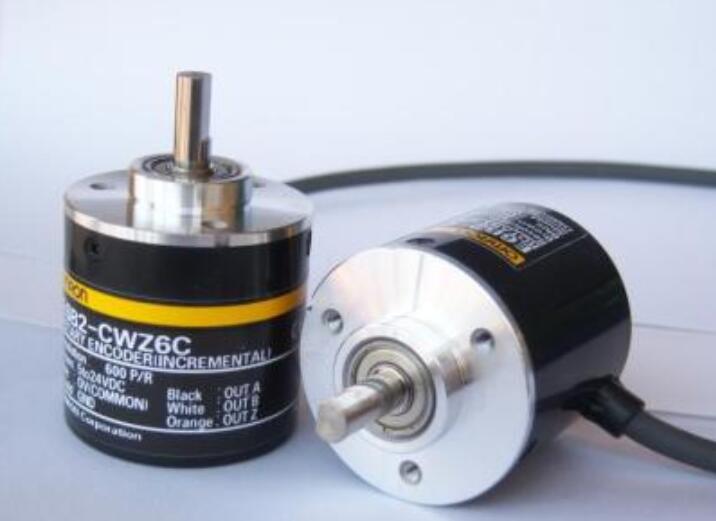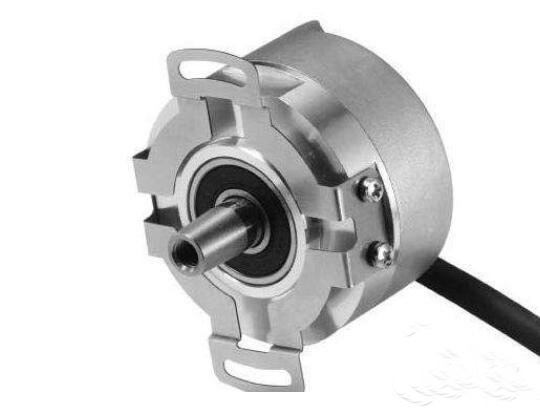How to install incremental encoder
How to install incremental encoder
How to install incremental encoder
First of all, before installing the equipment with the incremental encoder, it is necessary to clean the surrounding environment systematically. The surrounding environment of the equipment needs to be cleaned. This can better ensure the operation of the encoder. Commonly used incremental encoders and general equipment have two installation methods for the motor shaft, one is a tapered shaft and the other is a straight shaft. The taper shaft is locked axially by bolts, and the straight shaft is locked by radial locking bolts. Regardless of whether it is a straight shaft or a tapered shaft, the zero value of the encoder must be adjusted before it is locked and fixed with the motor shaft. After the encoder is adjusted to zero, tighten the locking bolt, and then the encoder spring Fix it with the motor end cover with two bolts, and then cover the encoder back cover, thus the encoder installation is completed.

Note for incremental encoder
1. Know the number of pulses before selecting the incremental encoder. Incremental encoders have different resolutions. The number of pulses generated per revolution is used to measure the number of pulses from 6 to 5400 or higher. The more pulses, The higher the resolution; this is one of the important basis for selection.
2. It is recommended that B pulse be forward (forward) pulse, A pulse should be reverse (backward) pulse, and Z origin zero pulse.
3. Set up a counting stack in the electronic device. Incremental rotary encoders usually have three signal outputs (there are six signals for differential): A, B, and Z, generally TTL level, A pulse in front, B pulse in the back, A and B pulses are 90 degrees apart, each revolution Send out a Z pulse, which can be used as a reference mechanical zero position. Generally use A to lead B or B to lead A to determine direction.
4. Use PLC to collect data, you can choose a high-speed counting module; use an industrial computer to collect data, you can choose a high-speed counting board; use a single-chip microcomputer to collect data, it is recommended to choose an input port with a photocoupler.
5.When the power is off, the encoder cannot move. When the power is on, the encoder cannot lose the pulse due to interference during the output pulse, otherwise, the zero point of the counting device will shift, and this deviation There is no way to know the amount of shift, only after the wrong production results appear.

Basic use knowledge of incremental encoder
1. Incremental encoder and absolute encoder cannot be used interchangeably, because these two encoders are products with different types and specifications, and their work requirements are also different, such as interlaced use , It is easy to damage the encoder.
2. When the encoder is connected to the vertical shaft in the equipment, the load must not exceed the maximum limit of the specified standard.
3. There are many classifications of incremental encoder specifications in the current electronic market, and the use of different encoder specifications is different. You can choose the appropriate encoder according to your own needs, so that you can use Higher performance of encoder operation.
4. For the installation of encoders of different specifications, the corresponding screws should be used to fix the outside of the encoder to avoid loosening during operation.
5. Incremental rotary encoders are used as correction components and solving components in various equipment. Its biggest feature is aimed at the use of speed control systems and position control systems for different equipment, and it has played its key effect.
6. When installing incremental rotary encoders, ensure that the specifications and dimensions of the selected encoder are suitable for the relevant installation standards.
7. The main working principle of the incremental encoder is to help convert the speed into a voltage signal. In the process of conversion, the accuracy will be relatively low, but its working operation is relatively stable and reliable. Pass the corresponding conversion into the equipment system to provide reliable data for the equipment system.
8. When the encoder is not in use, it cannot be stored in a damp place, because the damp environment will make the electronic components inside the encoder damp, and it is easy to cause a short circuit when in use. The encoder should be stored in a dry and ventilated place.
Due to the time relationship, how to install the incremental encoder and the basic usage knowledge can only be explained here. I believe you should have a general understanding of how to install the incremental encoder in the editor. Another main point is that the incremental encoder has been used for a long time. It should be checked regularly. The load of the encoder is relatively large in the daily work operation. Therefore, some internal electronic components of the encoder will Aging due to its influence. In order to avoid safety failures, we must check the internal components of the encoder after using the equipment for a period of time. If aging is found, it must be replaced in time.





